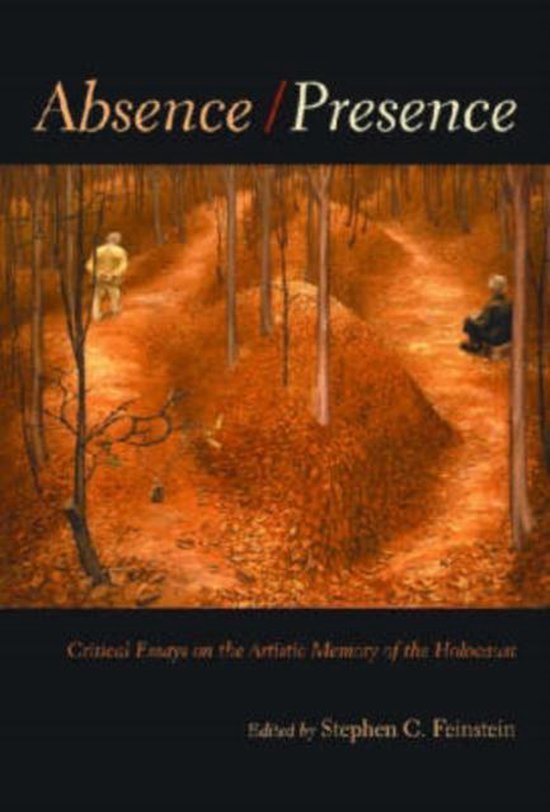
Disordered Attention
How technology and the attention economy has impacted contemporary art
The ways we encounter contemporary art and performance is changing. Installations brim with archival documents. Dances stretch for weeks. Performances last a minute. Exhibitions are spread out over thirty venues. There are endless artworks about mid-century architecture and design. How are we expected to engage with today's diverse practise? Is the old model of close-looking still the ideal, or has it given way to browsing, skimming, and sampling?
Across four essays, art historian and critic Claire Bishop identifies trends in contemporary practice - research-based installations, performance exhibitions, interventions, and invocations of modernist architecture - and their challenges to traditional modes of attention. Charting a critical path through the last three decades, Bishop pinpoints how spectatorship and visual literacy are evolving under the pressures of digital technology.
The ways we encounter contemporary art and performance is changing. Installations brim with archival documents. Dances stretch for weeks. Performances last a minute. Exhibitions are spread out over thirty venues. There are endless artworks about mid-century architecture and design. How are we expected to engage with today's diverse practise? Is the old model of close-looking still the ideal, or has it given way to browsing, skimming, and sampling?
Across four essays, art historian and critic Claire Bishop identifies trends in contemporary practice - research-based installations, performance exhibitions, interventions, and invocations of modernist architecture - and their challenges to traditional modes of attention. Charting a critical path through the last three decades, Bishop pinpoints how spectatorship and visual literacy are evolving under the pressures of digital technology.
| Auteur | | Claire Bishop |
| Taal | | Engels |
| Type | | Hardcover |
| Categorie | | Mens & Maatschappij |




